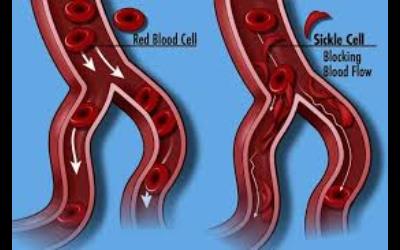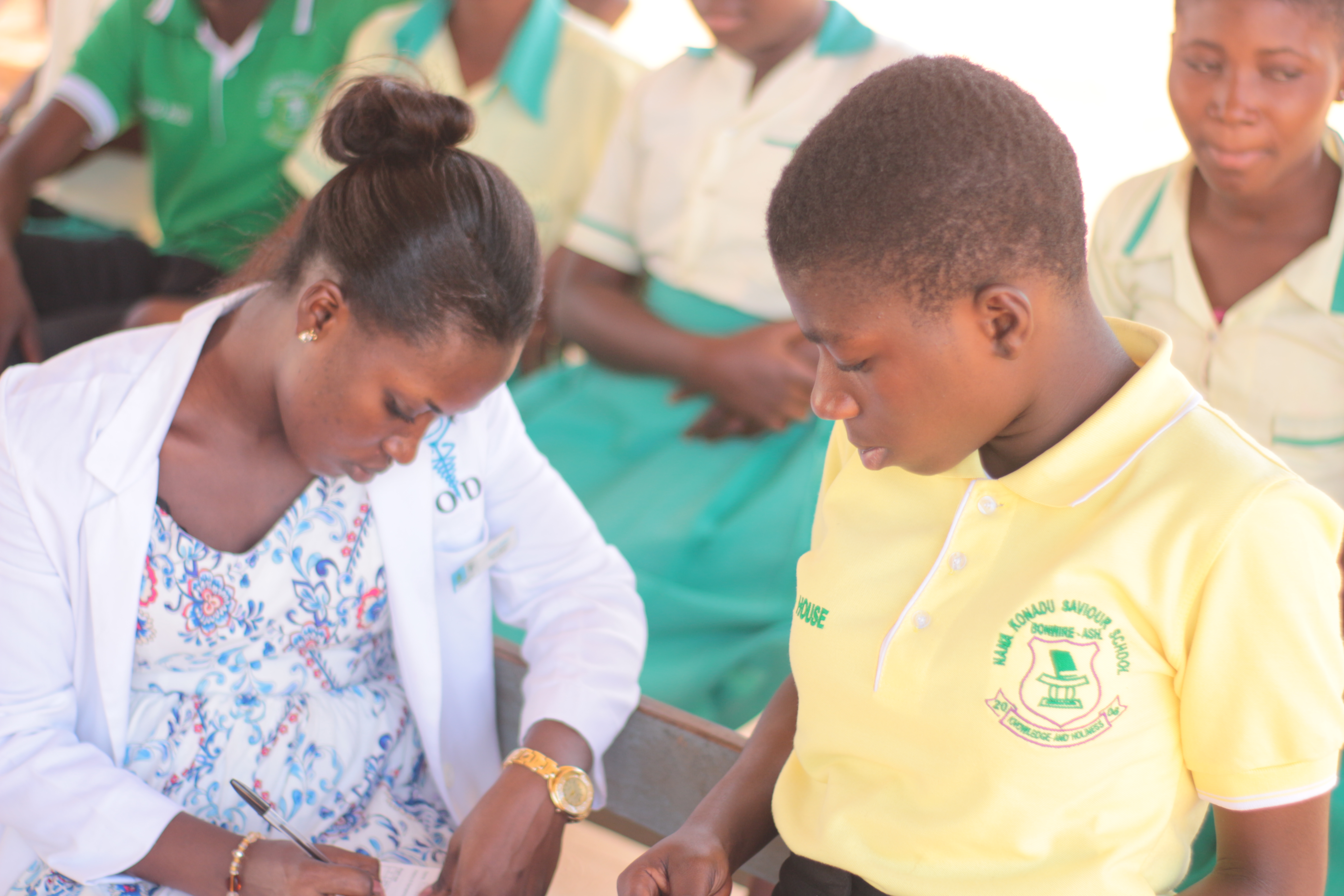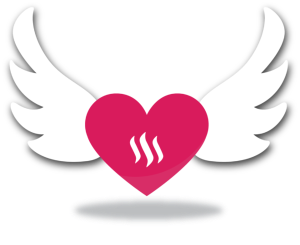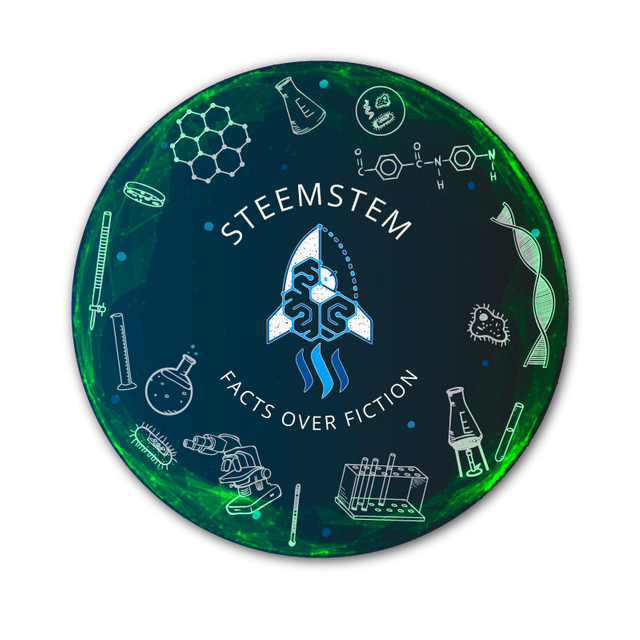https://cdn.steemitimages.com/DQmcvD2tLfERSrFKwFPmazPwoHknDUdvpms62knHVhRTFyW/download.jpg
Sickle cell is disease is one of the commonest and severe genetic diseases in the world. It has therefore been recognized as a major Public health problem by the World Health Organization (WHO). According to research, most people living with the sickle cell disease are in Africa and India. In sickle cell disease, the red blood cells are misshapen (sickle-shaped or crescent-shaped) and rigid unlike the normal red blood cells that are flexible, round and move freely in the blood vessels i.e. the healthy biconcave shape. The sickle-shaped red blood cell can impeded or slow down the flow of blood by getting stuck in the blood vessel (vaso-occlusion) thereby failing to supply blood to certain parts of the body. Hemoglobinopathy is a group of inherited disorders caused due to abnormal production or aberration in hemoglobin structure.

[source](https://support.google.com/websearch/answer/2364942?p=medical_conditions&hl=en-GH) Hemoglobin is an iron containing protein in red blood cells that transports oxygen. It consists of two alpha polypeptide chains, each of which pairs with a beta, gamma or delta chain. The predominant hemoglobin molecule in mature circulation is Hemoglobin A (HbA), which consists of two alpha and two beta subunits. Hemoglobin F consists of two alpha and two gamma chains, and is the predominant hemoglobin until 6 weeks of age. Hemoglobin A2 consists of two alpha and two delta chains and is found at low levels in normal adult human blood. A single nucleotide mutation (GAG to GTG) at the 6th position of the beta chain causes the substitution of the amino acid valine for glutamic acid. Heterozygosity for this mutation results in sickle cell trait and homozygosity results in sickle cell.

[source](https://www.modernghana.com/news/938301/sickle-cell-disease-know-your-status.html) There several types of sickle cell disease and the most common ones are the Sickle cell Anemia (SS), Sickle cell Hemoglobin-C disease (SC), Sickle Beta-Plus Thalassemia and Sickle Cell Beta-Zero Thalassemia. Among these, the most common and most severe type is the Hemoglobin SS disease where the child inherits copies of the Hemoglobin S gene from both parents. The Hemoglobin SC disease occurs when a child inherits the Hemoglobin C gene from one parent and the Hemoglobin S gene from the other. Similar symptoms are present in HbSC and HbSS. Hemoglobin SB+ (beta) thalassemia affects beta globin gene production. The size of the red blood cell is reduced because less beta protein is made. If inherited with the Hb S gene, you will have hemoglobin S beta thalassemia. Sickle beta-zero thalassemia also involves the beta globin gene. Hemoglobin SD, hemoglobin SE, and hemoglobin SO are rare form of sickle cell disease and usually do not have severe symptoms.

[source](https://www.nichq.org/project/sickle-cell-disease-treatment-demonstration-program) *Every year, 19th June is marked to celebrate World Sickle Cell Day worldwide. The celebration is geared towards creating awareness on how fatal the disease could be and devise effective control over the situation.*


What is @bettervision about? @bettervision is is a project initiated by @nattybongo and friends to give back to the society the knowledge and skill acquired through the Optometric Studies in Kwame Nkrumah University of Science and Technology, Ghana.It is an outreach system where we visit the less privileged communities to offer free eye screening services and education to the people within the community AIMS AND OBJECTIVES To reduce or prevent vision loss through diseases such as glaucoma, cataract and refractive errors. To enlighten the majority of the Ghanaian population about the importance of proper visual care. To conscientize people on the need for regular eye checks To get more people to have their wards screened within the Critical periods of a Child’s Vision Development; thus from ages 3 to till about 10 years. To help the blind and people with low vision live a better life within the society through education of the general public to stop stigmatization. To help in the fight of extreme poverty that puts the health of people at risk

Our greatest gratitude goes to @fundition @adollaraday @surfyogi @girlsfoundation @bleepcoin @ackza @indigoocean @nanzo-scoop @steemstem @demotruk @pennsif @steem-ambassador @kasho and @wafrica for helping to make the aims and objectives of @bettervision a reality.

 <img src="https://cdn.steemitimages.com/DQmdqFQXEbSvnUzyCuMPGaZke1721w2eahTiSGSQvCsE4v2/IMG-20191226-WA0241.jpg" alt="steemit !IMG-20191226-WA0241.jpg" />shirt.jpg
<img src="https://cdn.steemitimages.com/DQmdqFQXEbSvnUzyCuMPGaZke1721w2eahTiSGSQvCsE4v2/IMG-20191226-WA0241.jpg" alt="steemit !IMG-20191226-WA0241.jpg" />shirt.jpg

Originally posted here: https://steemit.com/fundition-ybby7ynsy/@bettervision/sickle-cell-retinopathy-part-1






 <img src="https://cdn.steemitimages.com/DQmdqFQXEbSvnUzyCuMPGaZke1721w2eahTiSGSQvCsE4v2/IMG-20191226-WA0241.jpg" alt="steemit !IMG-20191226-WA0241.jpg" />shirt.jpg
<img src="https://cdn.steemitimages.com/DQmdqFQXEbSvnUzyCuMPGaZke1721w2eahTiSGSQvCsE4v2/IMG-20191226-WA0241.jpg" alt="steemit !IMG-20191226-WA0241.jpg" />shirt.jpg
No comments:
Post a Comment